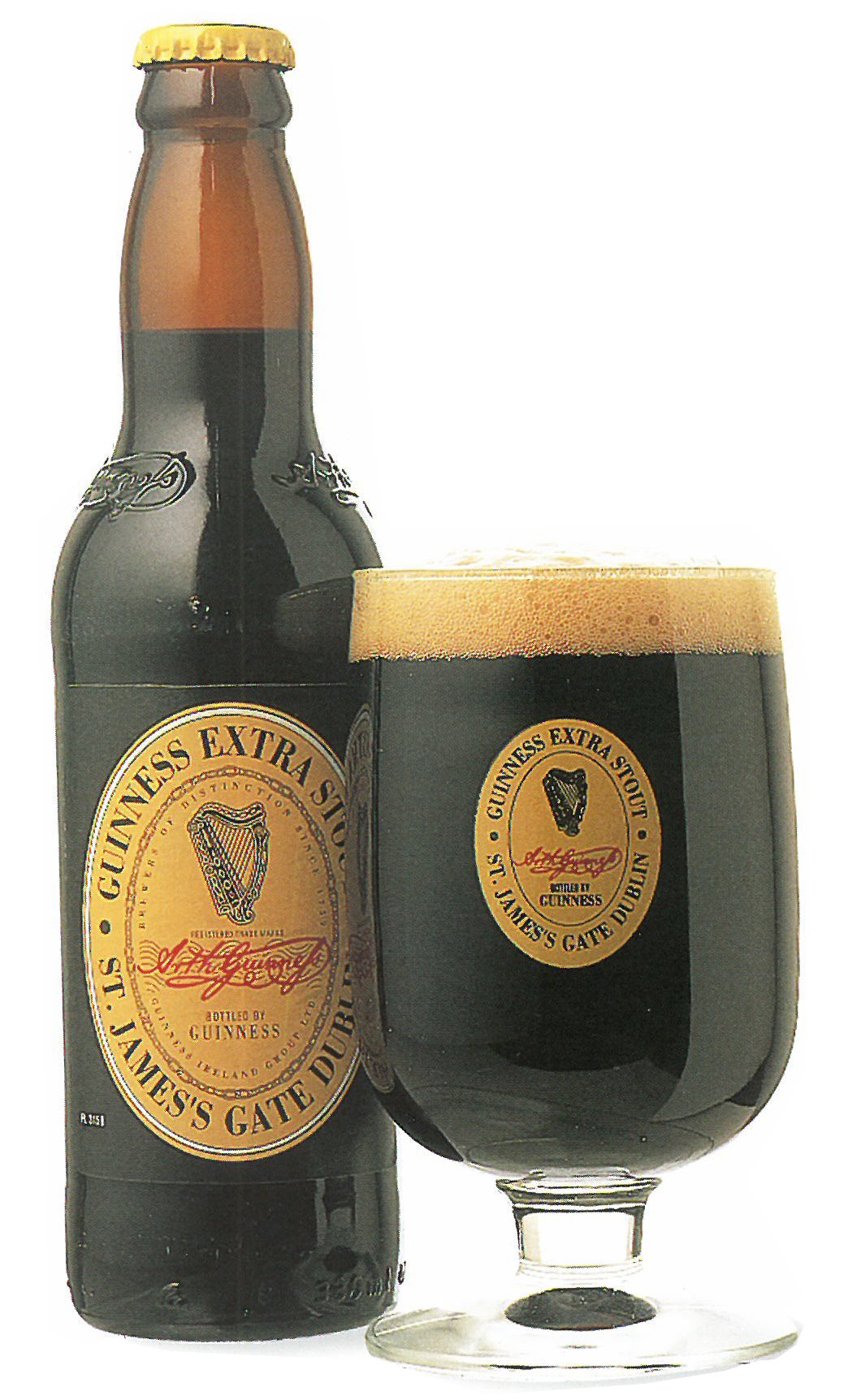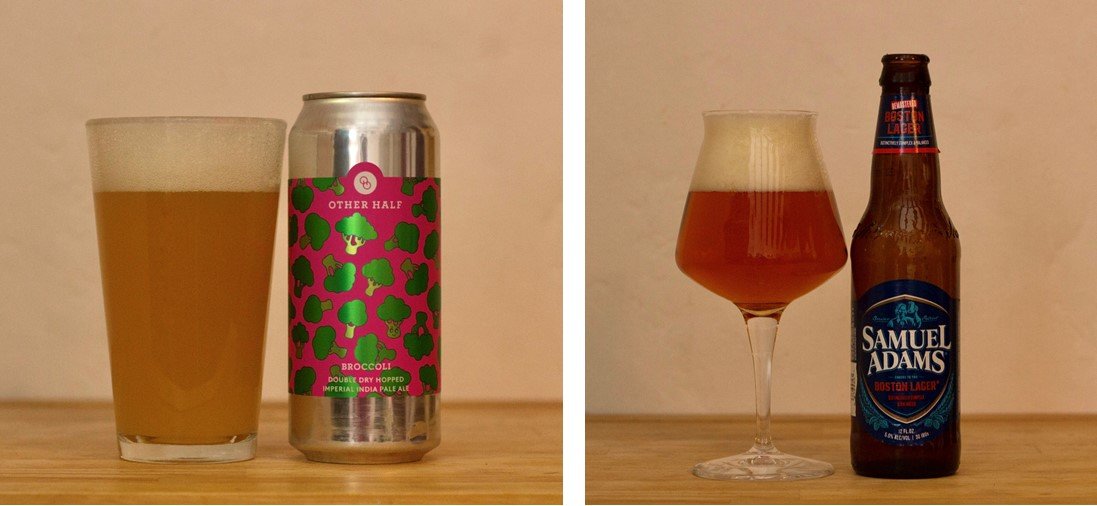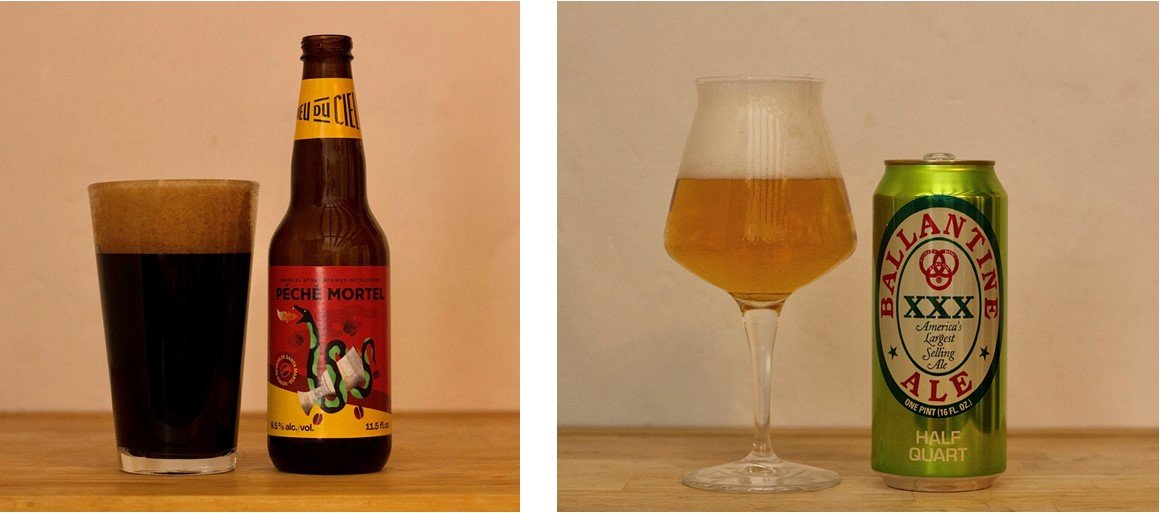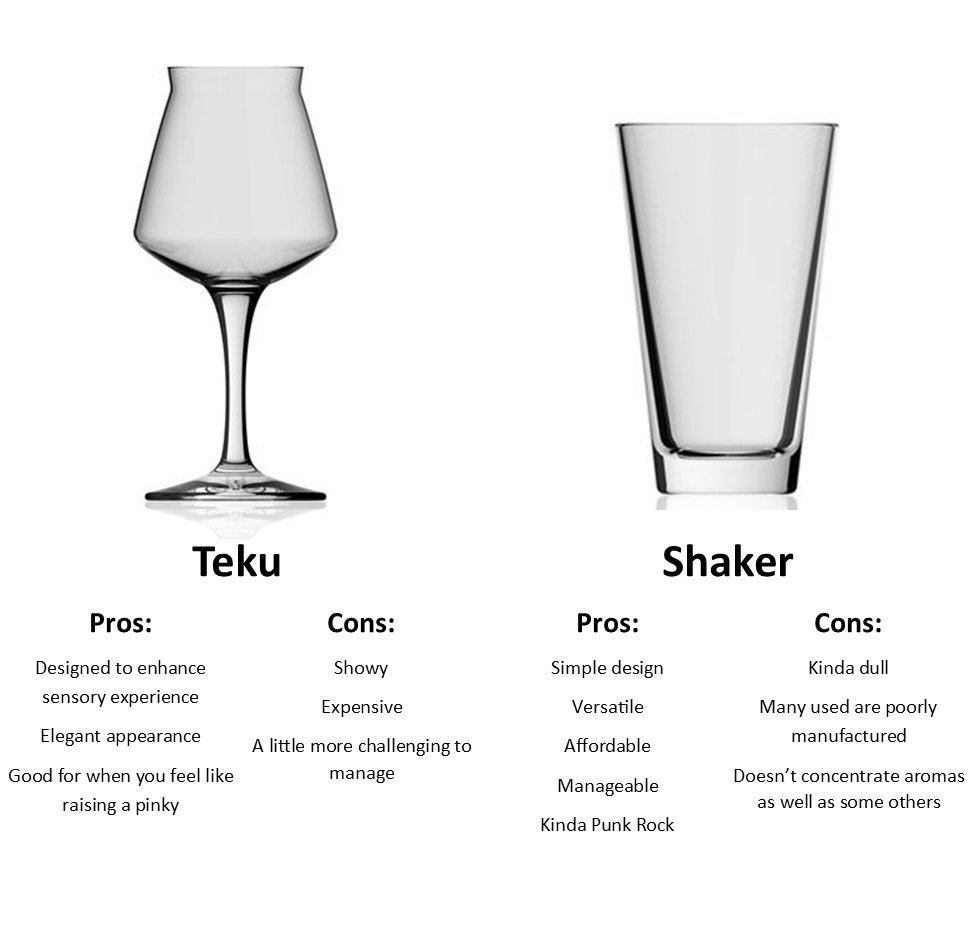(ed. It’s not that deep of a dive.)
Bar pies didn’t pop on my radar until around 2005 when I would go to a few bars in Brooklyn that offered them for free with each drink you bought. I didn’t think much of them at the time. They were just small pizzas that served a purpose. Good, cheap, utilitarian sustenance for when you’re out having a few drinks.
Since then, I’ve come to understand that bar pies are a thing with an interesting history, and they take different forms in different parts of the country. This means three regions, really. The tri-state metropolitan area of New York, New Jersey, and Connecticut, the Midwest, with Chicago as the base, and the South Shore area of Massachusetts. (For the Midwest, they’re also referred to as thin crust pies, tavern pies, tavern-style, or just pizza, and for the South Shore, they’re called bar pizza.) Oddly enough, though New York and Chicago are well-known for pizza, they’re not known by many outsiders for bar pie-style pizza (and, as in my case, some locals may not even be aware of their existence).
I’m not sure exactly where the tradition of free bar pies came from, but the idea of offering free eats at a bar is obviously nothing new. It’s just another form of a bowl of pretzels or peanuts on the bar. Something that keeps people from leaving because of hunger, and on the salty side, so it makes them thirsty. But the free pies may have been, and are definitely now, more of an anomaly. Most places serving bar pies charge for them.
The Concept
The free bar pies I had back in the day were straightforward. Crust, sauce, and cheese on a small, thin, crispy pie served at a bar. That’s it. Occasionally a couple of toppings, but nothing fancy. At the places I used to go, a topping could cost you a buck or two.
To me, the sauce and cheese on a bar pie, free or not, extends to the rim. That seems to be the norm. There are places though that serve them with a more typical crust depth. I’ve always thought of them as a slightly bigger, slightly better Mama Celeste (the frozen pizza that uses the imagery of a woman that resembles to the mother from The Godfather. Also, one of my favorite frozen pizzas growing up.)
Mama Celeste and her doppelgänger, Mama Corleone.
They’re usually individual pies that are 10-12” in diameter (you might find them bigger though, especially when they’re not free). They’re not meant to be a big meal, can be shared, and you’re not going there specifically for it, so they’re not the star of the show. That’s the idea anyway. Or at least my idea of what they are.
The Reality
The reality is that in many places, the pizza is the main attraction. They’re a full meal, rather than just a snack for people at the bar. Some places have become well-known for their bar pies because they’re really good, and their names tip you off to the fact that they’re not a typical pizza joint. Instead of having Italian-sounding names one would expect for a pizzeria, a few popular bar pie places in the metro New York area, for example, include Colony Grill (with a shamrock in its logo), Grand Street Cafe, The Mountain House, and Star Tavern.
Back to Brooklyn
Contrary to what I just said, most of the bar pies I had back in the day were at a place called Capone’s. An online post described it like this: “free pizza is hard to quibble with, especially when you're eating it off a century-old hand-carved bar imported from one of Al Capone's Chicago haunts. The Williamsburg native (ed. Brooklyn, yes. Williamsburg, no) is said to haunt this dive…” I don’t remember it being such a dive. That said, the picture of the entrance shown below doesn’t suggest it was a classy establishment. It was sparsely decorated. That I do recall.
Image source: 11211.info
I also don’t really recall the quality of the pizza. This is what happens when you have one too many Sixpoint Bengali Tigers or Blue Point Toasted Lagers. While I don’t remember if they were good or not, nearly twenty years later, I remember them because they were part of the experience. And I remember destroying them like a true gavone. Not the best look if you’re single and looking for some romance, which may have been the case for some, as one site described Capone’s as “Williamsburg's Meet Your Hipster-Chick Girlfriend Bar".
My friend Paul made everyone look a little gavone-ish as it was customary for him to coerce people into eating an entire slice in one bite. Given the compact nature of bar pies with their small slices, this feat was feasible, but still a little challenging. It was an entertaining tradition. (Side note: the Yelp reviews of Capone’s are a fantastic time capsule.)
As real estate prices in Williamsburg have skyrocketed since that time, it’s no surprise that Capone’s is long gone. However, another place we would frequent was the Alligator Lounge on Metropolitan Avenue, and it’s still around. Their motto: “Free. Pizza. Every. Day.” It’s a laid-back bar with a pool table and an impressive-looking wood-fired oven. I’m happy it still exists.
Free bar pies in Brooklyn. Alligator Lounge on the left and The Charleston on the right, where they’re $1 after 7PM.
Nearby, The Charleston on Bedford Avenue has free pies up to 7PM. After that, they’re $1. It’s a similar scene to the Alligator Lounge. I’m not sure what type of oven they use, but they do have a dough mixer there, which is always a good sign.
Out in the burbs and beyond
Far from the LCD Soundsystem vibes of Capone’s, the previously mentioned Colony Grill in Connecticut is like an Irish pub/VFW hall with great pizza. Colony was opened by Irish-Americans in 1935 in Stamford, Connecticut. They claim that they wanted to sell the food of their immigrant employees, including Italians, and the bar pie was created to serve a pizza that could fit on a bar top. Their website describes the pies like this, “not too much cheese or sauce so that slices can be easily managed with one hand, fittingly leaving the other hand free to hold a glass.” They were a huge success and Colony now has nine locations along the East Coast.
Beekman Ale House in Sleepy Hollow, New York is a newcomer to the scene, opening in 2021. My friend Matt Di Gesu tipped me off to this spot, and he’s a trusted source for all things pizza. Matt is the founder/GM of Pizzeria La Rosa in New Rochelle, New York and he makes some of the best pizza around. People definitely go to Beekman for the pizza as it’s very good, but it is definitely still a pub that people frequent simply to gather at a welcoming third space.
That’s what Matt and I recently did. We caught up with each other over a couple beers and some pizza. Others were doing the same. Some were watching a game on the tv. Some weren’t having pizza at all. In this situation, it felt unnatural to spend an extensive amount of time taking pictures. So, my one and only picture isn’t great, but I assure you, the pizza is (and so is Matt).
I can’t speak to the scenes in the Midwest or the South Shore Massachusetts from experience, but Emmett’s on Grove in New York City’s West Village is making Chicago-style tavern pies and they’re fantastic. The restaurant opened after the success of the original Emmett’s, which serves a variety of Chicago dishes, notably deep dish pizza.
I would say the only significant difference between the Metro NYC bar pies and the Midwest tavern pies is the way they are cut. Tavern-style pizzas are cut in a grid pattern. One might argue another noticeable difference is that the Chicago bar pies are thinner and crispier. More of a cracker-style crust.
In Chicago, Revolution Brewing’s Director of Communications John Carruthers (@nachosandlager) began the charitable initiative called Crust Fund Pizza outside of his 9-5 at the brewery to support “the people who make Chicago a better place to live.” He makes tavern-style pizzas once a month and has raised over $60,000. He even landed himself on an episode of the Food Network’s show Chopped. Beer nerds take note: if you order and mention you’re into beer, he might through in some freebies for you. Check out his webpage and social media. Support if you can.
Tavern-style pizzas at Emmett’s on Grove in New York City.
Crust Fund Pizza by John Carruthers in Chicago. Sources: Crust Fund Pizza website and John’s Instagram page, @nachosandlager.
Down to the crust
While I love places like Colony and Emmet’s on Grove, to me, a real “bar pie” will always be like the free pizzas I used to have years ago, or even at Beekman Ale House. They’re good pizzas at a place you’re hanging at with some friends having drinks. You don’t need to talk about the pizza or post pictures of it on Instagram. Like the drink you’re having, the pizza should be an accompaniment to good conversation, not the focus.
(Note: this post was updated to make reference to South Shore Massachusetts bar pizza, which was a glaring omission from the original version.)































